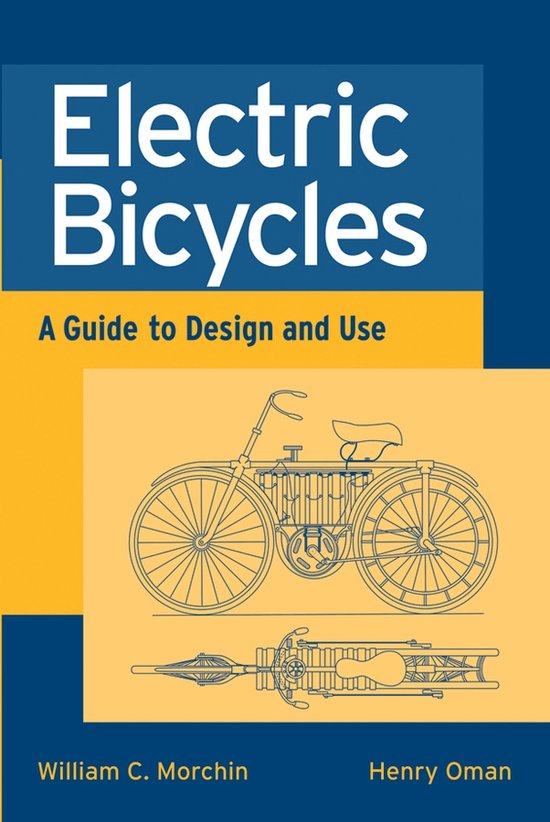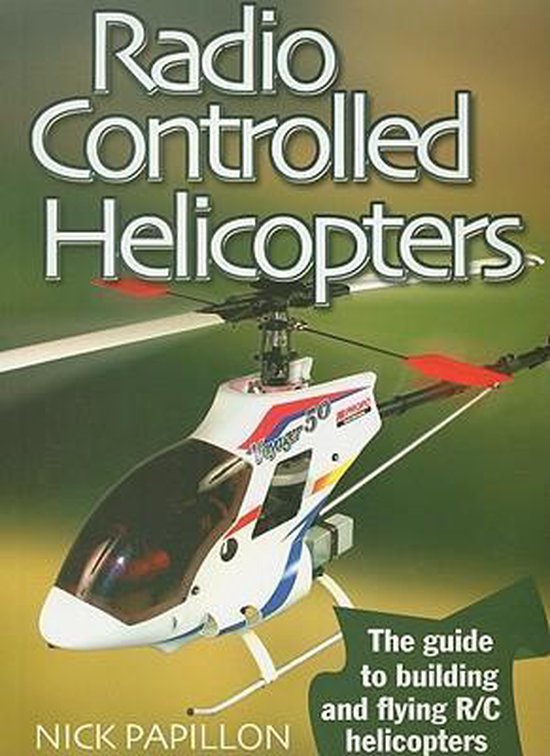
Electric Bicycles
Design or build a battery-powered electric bicycle
For much of the world, bicycles are a transportation mainstay. Electric bicyclespowered by a rechargeable battery packare proven to deliver the highest possible energy efficiency, even compared to pedal bikes. A transportation alternative to fossil fuels, electric bicycles are fast catching on, in part because they don't require factory assembly. End-users can easily construct them with available components.
The text reveals important techniques, data, and examples that allow readers to judge various propulsion setupsused in both home- and factory-made bikesand estimate speed and travel distance for each. Numerous charts clearly present the costs, benefits, and trade-offs between both commercial and user-converted models.
Key features include:
- Estimating motor-performance for wind, hill, and cruising power requirements
- Estimating battery capacity and a thorough description of battery charging
- Motor and motor-control options
- Evaluating motor-to-wheel coupling options
- Placement of propulsion components
- Configurations and performance
- How systems-engineering techniques can produce electric-bicycle designs that have long travel range and low life-cycle cost
- Testing
- Developments to watch
A comprehensive resource for harnessing innovation, Electric Bicycles is the definitive practical guide to taking full advantage of this exciting alternative energy technology.
Design or build a battery-powered electric bicycle
For much of the world, bicycles are a transportation mainstay. Electric bicycles--powered by a rechargeable battery pack--are proven to deliver the highest possible energy efficiency, even compared to pedal bikes. A transportation alternative to fossil fuels, electric bicycles are fast catching on, in part because they don't require factory assembly. End-users can easily construct them with available components.
The text reveals important techniques, data, and examples that allow readers to judge various propulsion setups--used in both home- and factory-made bikes--and estimate speed and travel distance for each. Numerous charts clearly present the costs, benefits, and trade-offs between both commercial and user-converted models.
Key features include:
- Estimating motor-performance for wind, hill, and cruising power requirements
- Estimating battery capacity and a thorough description of battery charging
- Motor and motor-control options
- Evaluating motor-to-wheel coupling options
- Placement of propulsion components
- Configurations and performance
- How systems-engineering techniques can produce electric-bicycle designs that have long travel range and low life-cycle cost
- Testing
- Developments to watch
A comprehensive resource for harnessing innovation, Electric Bicycles is the definitive practical guide to taking full advantage of this exciting alternative energy technology.
| Auteur | | William C. Morchin |
| Taal | | Engels |
| Type | | Paperback |
| Categorie | | Technologie & Bouwkunde |




